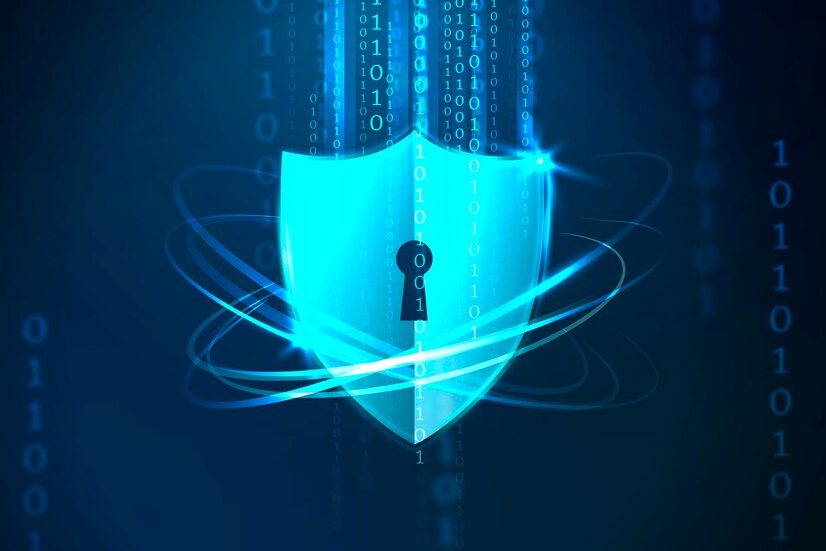The internet is a vast and interconnected network that spans the globe, but lurking beneath the surface lies a hidden realm known as the dark web. In this article, we’ll delve into the depths of the dark web and uncover the sinister underbelly of cybercrime and cybersecurity threats.
Table of Contents
Introduction
The dark web is often shrouded in mystery and misconception, but understanding its inner workings is crucial for grasping the full scope of cybersecurity threats in today’s digital landscape. In this exploration, we’ll shed light on the dark web’s anonymity, illicit activities, and the profound implications it has for cybersecurity.
Understanding the Dark Web
Unlike the surface web, which is indexed and accessible to search engines, the dark web exists on encrypted networks that require specific software, such as Tor, to access. This hidden layer of the internet provides users with anonymity and privacy, making it an attractive haven for cybercriminals and illicit activities.
The Role of Anonymity
The anonymity afforded by the dark web serves as a double-edged sword, offering protection for legitimate users seeking privacy but also providing a cloak for cybercriminals to operate with impunity. With the ability to conceal their identities and activities, individuals on the dark web engage in a myriad of illegal endeavors, from drug trafficking to financial fraud.
Illicit Activities on the Dark Web
The dark web serves as a bustling marketplace for illicit goods and services, including drugs, weapons, counterfeit currency, and stolen personal information. Underground forums and marketplaces facilitate transactions for these goods, creating a lucrative ecosystem for cybercriminals to exploit.
Cybersecurity Threats
The proliferation of cybercrime on the dark web poses significant cybersecurity threats to individuals, businesses, and governments alike. Data breaches, identity theft, ransomware attacks, and the sale of hacking tools and malware are just a few examples of the dangers lurking in the shadows of the dark web.
Case Studies
Numerous high-profile cyber attacks and criminal activities have originated from the dark web, underscoring the gravity of the threat it poses. From large-scale data breaches to targeted ransomware attacks, these case studies provide real-world examples of the dark web’s impact on cybersecurity.
Mitigation Strategies
Protecting against dark web threats requires proactive cybersecurity measures, including robust encryption, secure authentication methods, regular software updates, and employee training on cyber hygiene. By implementing these strategies, individuals and organizations can mitigate the risk of falling victim to dark web-related cyber attacks.
Law Enforcement Efforts
Law enforcement agencies around the world are actively engaged in combating dark web criminality, targeting illicit marketplaces, underground forums, and cybercriminal networks. Through coordinated efforts and international cooperation, authorities seek to dismantle these criminal operations and hold perpetrators accountable for their actions.
Ethical Considerations
The exploration of the dark web raises ethical considerations regarding privacy, surveillance, and freedom of speech. While studying the dark web can provide valuable insights into cybercrime and cybersecurity, researchers must navigate ethical dilemmas and ensure their actions do not inadvertently contribute to criminal activities.
Conclusion
The dark web represents a shadowy underworld of cybercrime and illicit activities, posing significant challenges for cybersecurity professionals and law enforcement agencies. By shedding light on its inner workings and understanding the threats it poses, we can better prepare ourselves to navigate the complexities of cybersecurity in an interconnected world.
FAQs
- What exactly is the dark web, and how does it differ from the surface web?
- The dark web is a hidden layer of the internet that requires specific software to access and is not indexed by search engines. It differs from the surface web, which is accessible to search engines and contains publicly available websites.
- What kinds of illicit activities take place on the dark web?
- Illicit activities on the dark web include the sale of drugs, weapons, counterfeit currency, stolen personal information, and hacking tools, as well as cybercrime forums and marketplaces.
- How do cybercriminals use the dark web to launch cyber attacks?
- Cybercriminals use the dark web to sell stolen data, purchase hacking tools and malware, and communicate with other criminals. They may also use the dark web to launch ransomware attacks and other forms of cybercrime.
- What are some common cybersecurity threats associated with the dark web?
- Common cybersecurity threats associated with the dark web include data breaches, identity theft, ransomware attacks, phishing scams, and the distribution of malware and hacking tools.
- What steps can individuals and organizations take to protect themselves from dark web threats?
- Individuals and organizations can protect themselves from dark web threats by implementing robust cybersecurity measures, including encryption, secure authentication methods, regular software updates, and employee training on cyber hygiene.


1 thought on “The Dark Web Unmasked: Exploring the Underbelly of Cybersecurity Threats”